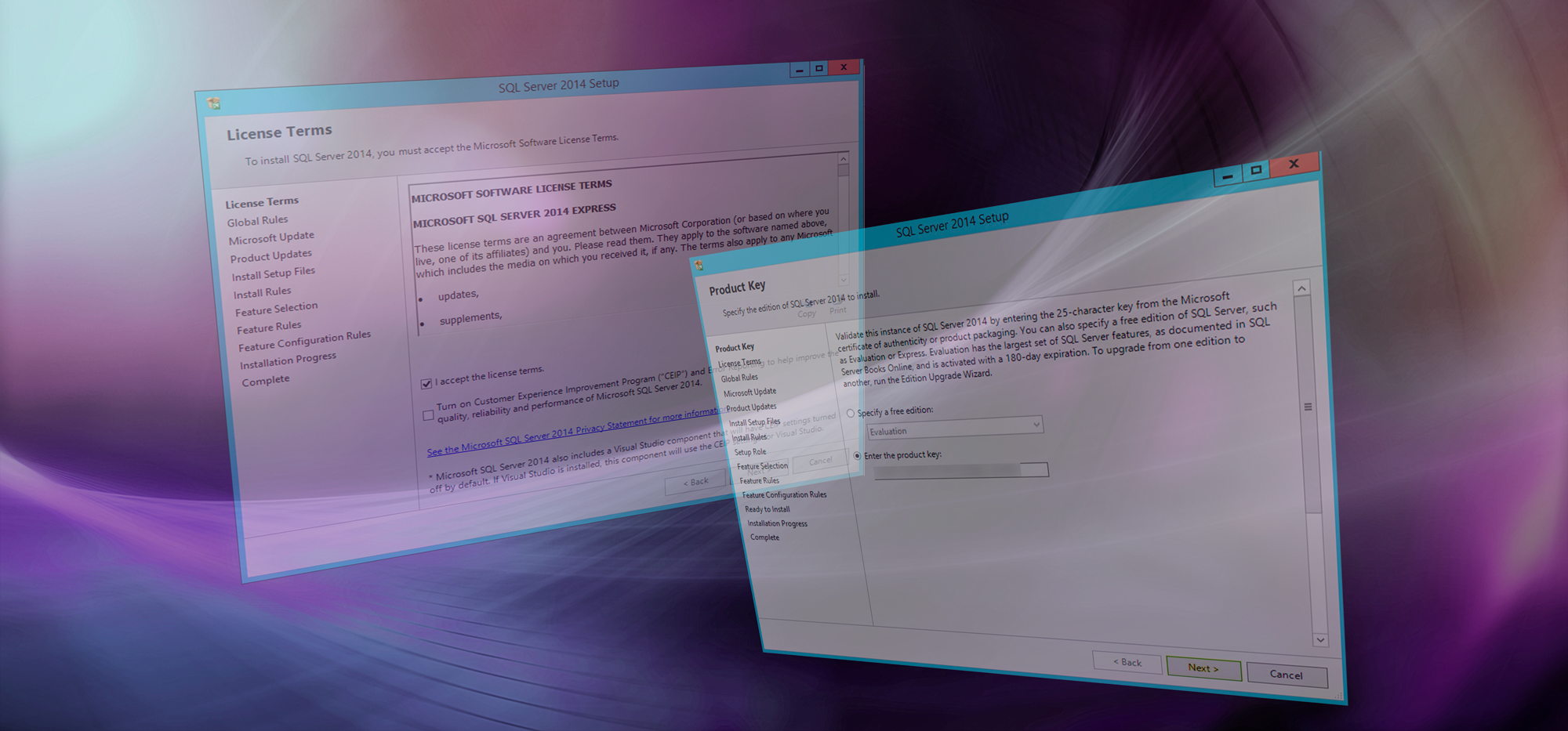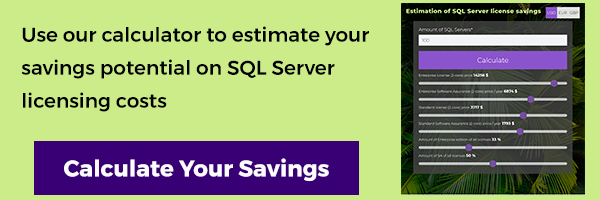In the previous blog in this series, we spoke about choosing the right time to optimize your database platform. In this post, we focus on the beef itself—the ideal way to optimize your Microsoft SQL Server environment.
As your company grows, develops, and changes over the years, your data platform keeps expanding and evolving—and the number of database servers tends to grow. This makes your Microsoft SQL Server database platform cumbersome to maintain, as you continue to accumulate waste capacity to your database servers. This inefficiency is masked over time, but it’s costing you money right now.
But we have great news for you. Now there is a solution that can turn the data platform optimization into an opportunity to save money. With machine learning-based consolidation method, it is possible to eliminate all the unnecessary database servers. The greatest potential for savings is related to the SQL Server licensing costs, but you can also achieve maximum cost-efficiency in hardware and operations costs.
Traditionally, database server-centric optimization has focused primarily on performance optimization. In addition, server licensing can be optimized with the help of software asset management (SAM). However, while these methods are still valid and beneficial, they should not be confused with the third, unprecedented method that can maximize cost savings: comprehensive SQL Server capacity optimization.
Let’s elaborate on the differences between these optimization methods.
Performance optimization
Performance optimization is typically based on monitoring the servers to check everything is running as it should be, ensuring problems like the unavailability of servers, performance bottlenecks, etc., don’t surface. A skillful database expert will be able to identify the root cause of these problems—which is usually a behavioral problem—and fix it. If not, there’s a risk these problems trickle down to the end-user in the form of a slow-performing network.
Performance optimization covers a long list of technical aspects—observing system workloads, indexing, analyzing system behavior, finding overloaded servers… the list goes on. The focus in performance optimization is not directly in the capacity aspects, but in the performance side. The aim is to achieve and maintain the expected performance and service level.
Software asset management
The goal of software asset management (SAM) is to ensure that all the servers are covered by the appropriate and optimal software licenses.
In the case of SQL Servers, the SAM optimization helps to answer the question “what’s our optimal number of SQL Server licenses?”. It lets you figure out whether the number of servers purchased is equal to the number of servers consumed. If you have too many licenses, your data platform isn’t running optimally and you’re wasting money. On the flip side: if you have more servers than licenses, you’re breaking compliance. Even though this is a needed and beneficial practice to have, SAM is not in any way a method to analyze the actual capacity utilization, or how much potential waste capacity the data platform currently has.

Unlocking the next level
– SQL Server capacity optimization with SQL Governor
The next-level method for SQL Server optimization complements performance optimization and software asset management and introduces capacity optimization. It is the SQL Governor solution that creates a new tier of SQL Server optimization and can lead to never-before-seen cost savings.
SQL Governor analyzes the behavior of your current data platform and, based on the analysis, creates an optimal plan for your new platform. Running in the background, SQL Governor systematically collects workload data on your servers. After the data collection period, it will automatically generate suggestions for a new data platform—mapping a new architecture where servers and instances are optimally organized.
By adding this next level of optimization into your palette, you’ll be in a much better position to make substantial cost savings. SQL Governor ensures customers get optimal capacity and performance throughout the platform’s entire lifecycle, so you can continue to make cost savings well into the future.
How am I going to save money, exactly?
SQL Governor optimizes your data platform capacity—specifically, how many CPU cores you optimally need for your servers—as SQL Server licensing is usually based on that number. By squeezing out any unnecessary CPU cycles, you get the most computing capacity for your money. Businesses with hundreds of SQL servers can save millions of dollars!
Use our cost-savings calculator to discover how much your SQL Server licensing costs are tying up your budgets and estimate how much money you could save with SQL Governor.
And remember, the time to act is now. The more time you can allow for analysis of your database platform, the easier it will be for SQL Governor to uncover recurring patterns in your platform’s behavior and decide where to consolidate computing capacity.
It doesn’t require wholesale change
Most companies already have a partner which they trust to manage their database platform, and we know that it may be difficult to simply stop working with them. SQL Governor saves, on average, 44% in licensing, service, and hardware costs of a Microsoft SQL Server platform. Many Microsoft solution vendors who are the trusted suppliers for organizations in managed infrastructure services or software & IT asset management have already found SQL Governor highly synergetic with their services. So, why wouldn’t you also check out SQL Governor and its capabilities and take the first step toward a fully-optimized data platform.
The easiest way to get started is to use our ROI Calculator today, and see how much you can save!
Kari Tuisku
CEO
DB Pro Oy





